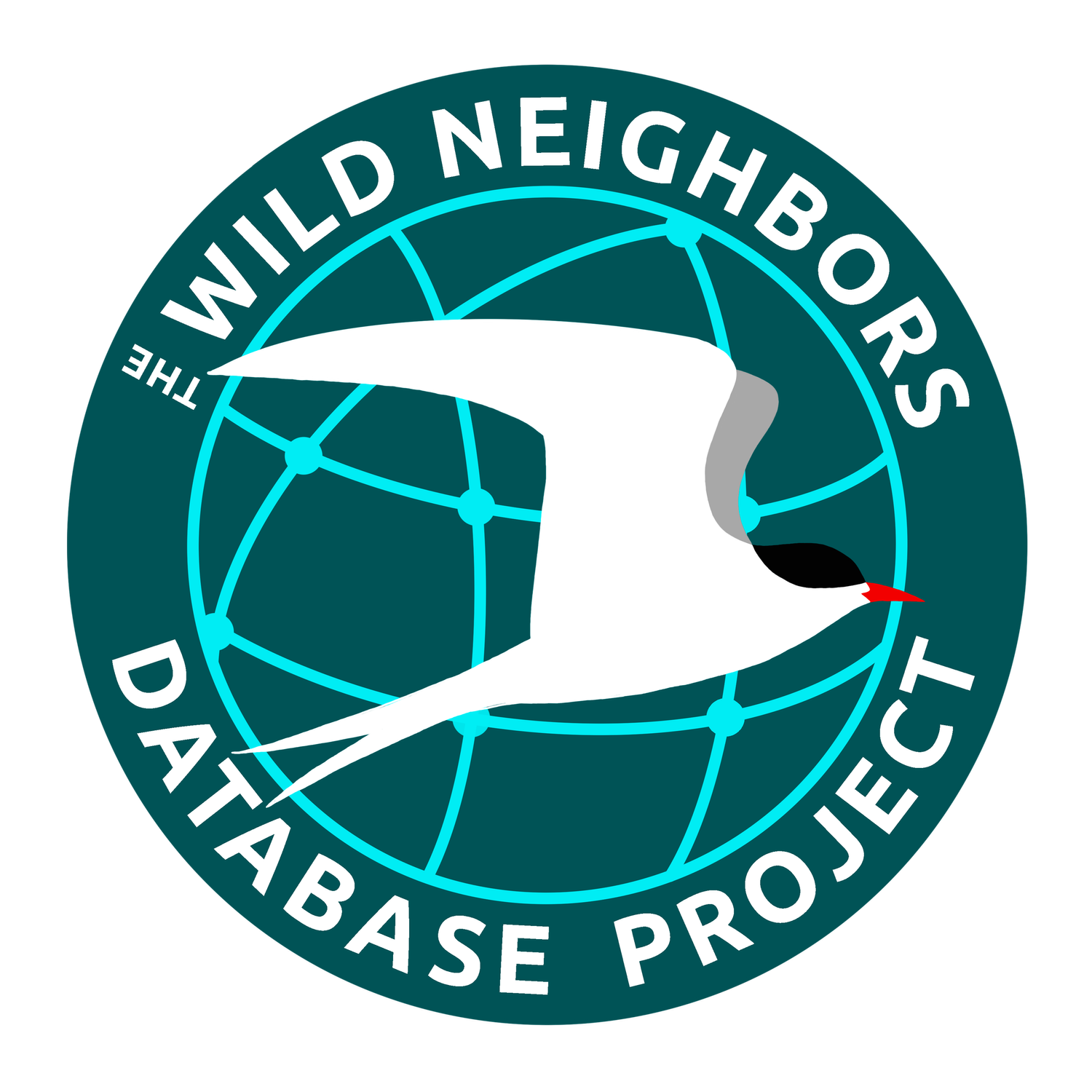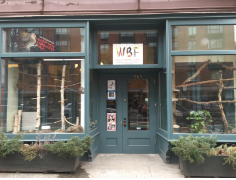WRMD on the Road
After the 2015 NWRA Symposium in Princeton, New Jersey, we headed out on the road to visit a few centers on the East Coast. Whenever we travel we try to visit other wildlife rehabilitators and wildlife rehabilitation facilities. The more places we visit the more we learn about how wildlife rehab is done the same and or differently throughout the world. This is critical knowledge for the WRMD team. We are constantly evolving and tweaking the database to better suit the global need for this tool.
Our first stop was with the ever so gracious Cathy Wolf with Urban Utopia Wildlife. Not only did she show us the ropes of New York City, but we attended a class to recruit squirrel care givers to their group. She shared her knowledge of rules and regs in New York state and how the New York wildlife rehabilitators worked together.
While meandering around Manhattan we also visited Wild Bird Fund in the “Upper West Side”, also learned some lingo. They use WRMD for their data collection needs. We were able to see the challenges first hand of wildlife rehabilitation in New York City, space is a bit of an issue considering the average rent in the city. Rita of Wild Bird Fund gave us the grand tour of her Store front facility.
Our next stop was Foxborough, Mass. We had tentative plans to visit The New England Wildlife Center in Weymouth, but it didn’t work out. Instead we got a much needed day off being cared for by Bird Ally X’s den mom, Betty Travers and her husband Hank. Marie Travers the lovely daughter of these two wonderful people is a Bird Ally X board member and also helps out WRMD. Her family graciously hosted us for 2 nights, one of those nights being St. Patty’s day… We went out and had our beer, bangers and mash and corned beef and cabbage.
Our last stop was with Lynn Miller of Cape Wildlife Center. Lynn Miller has just retired from 4 years of being the IWRC president. We spent 4 wonderful days visiting her and Cape Wildlife Center. By day we visited Cape Wildlife Center and saw how they recorded data. They have been using Wild One and so it was fascinating for us to see how that system was used in the facility. We demonstrated to their staff WRMD and how it worked and what it was all about. They were all a wonderful audience and had very good questions and ideas.
By night with Lynn we would drink Whisky and eat good food and discuss wildlife rehabilitation and it’s evolution, benefits and challenges over the last 40 years. What else would 3 wildlife rehabilitators discuss over dinner and drinks?
There a few common themes that keep reoccurring throughout our travels. The most common one is the need for wildlife rehabilitators to get along with one another. There is an amazing group of mentors in the field and an amazing group of newer enthusiastic wildlife rehabilitators. There is “history” amongst each other in this line of work. Some people won’t talk to other people and so on. Because of this wildlife rehabilitators will shut themselves in and not communicate with anybody. This is not good. We all need to all learn what has been done in the past while learning what is new and emerging in the field. We can never hold on to doing “the way we have done things for 30 years” without trying out new ways and new ideas, to see if those other techniques still hold firm. How are we ever suppose to get better if you don’t risk a little change.
Whatever our histories and whatever emotional issues we have, we need to remember that the animals are why we are here and we need to do what is best by them, even if it is changing our habits, techniques and philosophies. The way things “were done” are not wrong and the way we “are doing” things is not necessarily right, but we have to try new things and constantly build upon what we already know. What use to is never what is... We need to share and communicate if for no other reason then for the animals that we care so much about.




